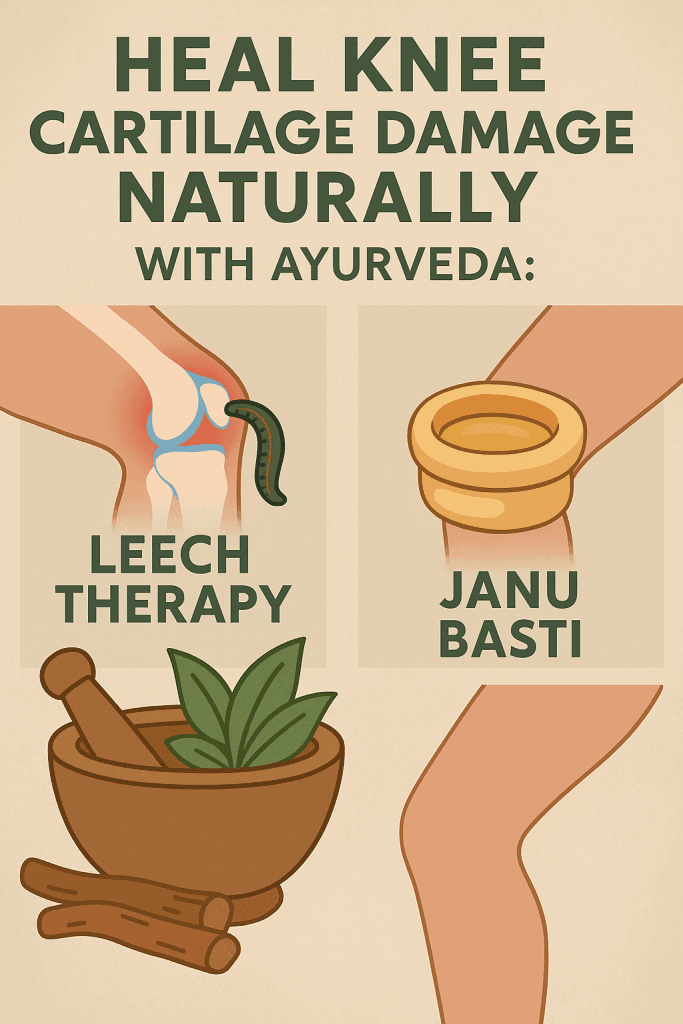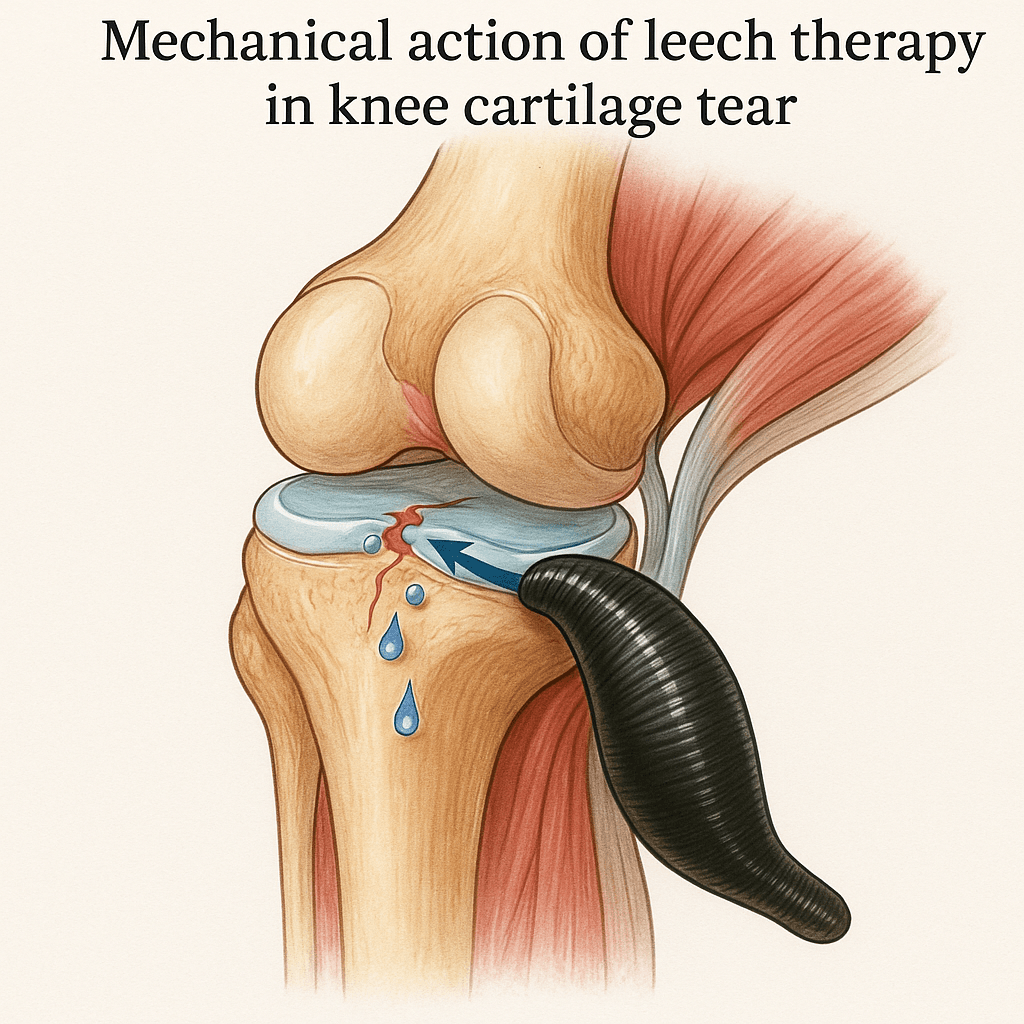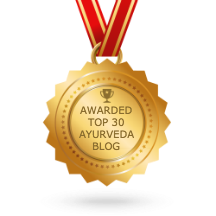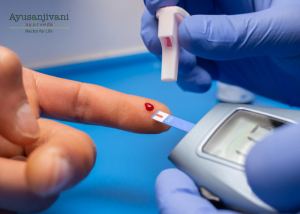Table of Contents
ToggleIntroduction to knee ligament tear :
Ligaments are tough, elastic bands that connect bones and stabilize joints. When these bands are overstretched or torn—commonly due to excessive sports activites , accidents , or overuse of joints —it results in a ligament tear. This can severely impact mobility and quality of life. Knee ligament tears are among the most debilitating, often affecting athletes and active individuals. Tendons, which attach muscles to bones, can also suffer similar injuries known as strains.
Understanding knee Ligament Tear : Causes, Symptoms, and Impact :
in day today life Ligament tears usually result from:
- Twisting injuries during sports or falls
- Sudden awkward movements
- Repetitive stress or overuse in physically demanding routines
- Road traffic accidents or blunt trauma
- Weak supporting muscles
Symptoms includes sharp joint pain, swelling, instability, limited range of motion, and a popping sound during injury. If neglected for longer period these injuries can lead to chronic joint issues and early-onset arthritis.
Ayurvedic View of knee Ligament tear Injuries :

In Ayurveda, ligament tears fall under Snayugata Vata, a condition where aggravated Vata dosha affects ligaments (snayu). The injury is caused by trauma, overuse, or degeneration, leading to pain, stiffness, and loss of joint function. Treating Vata imbalance and regenerating damaged tissues are central to Ayurvedic healing.
Leech Therapy (Jalaukavacharana) :
A. What is Leech Therapy?
Leech therapy is a form of Raktamokshana (bloodletting) used in Ayurveda to reduce inflammation and enhance healing. Medicinal leeches are applied to the affected area to draw impure blood.
B. Mechanism of Action :
Leeches release bioactive compounds such as hirudin, anesthetics, and vasodilators that:
- Improve localiesed blood flow
- Reduce pain and swelling of joint
- Stimulates localised tissue repair by improving micro circulation
C. Benefits for knee Ligament Tears :
- its Decreases joint inflammation and tenderness
- it Enhances healing through better oxygen and nutrient supply
- usually Speeds up recovery and improves mobility of joint
D. Indications and Safety :
Leech therapy is ideal for:
- Acute ligament tears with swelling within 1 month of injury
- Painful, inflamed joints
- Chronic joint issues with poor circulation along with localised swellings
Contraindications : Severe anemia, bleeding disorders, or immune-compromised conditions.

Janu Basti Therapy :
A. What is Janu Basti?
Janu Basti is a localized Panchakarma therapy where warm medicated oil is retained over the knee joint within a herbal dough dam. It is a classical treatment for knee pain and joint disorders since many years .
B. Oils Commonly Used :
- Mahanarayan Tailam – anti-inflammatory and strengthening properties
- Dhanwantharam Tailam – balances Vata and rejuvenates tissues growth
- Kottamchukkyadi Tailam – reduces swelling and stiffness of joints
C. Therapeutic Benefits :
- Nourishes and strengthens ligaments of knee joints
- Restores joint lubrication and mobility in acute acses
- is will Calms aggravated Vata dosha
Supportive Ayurvedic Treatments for knee ligament tear :
- Internal Medicines: Yograj Guggulu, Ashwagandha, Shallaki, Lakshadi Guggulu
- Panchakarma: Abhyanga (oil massage), Swedana (herbal steam)
- Diet: Warm, unctuous, Vata-pacifying foods like ghee, soups, and herbs like ginger
- Lifestyle: Avoid cold exposure, excessive activity; include yoga and gentle physiotherapy
Conclusion :
Ayurveda offers a safe, non-surgical, and holistic approach to ligament healing. By addressing the root cause—Vata imbalance—and enhancing tissue regeneration, therapies like leech therapy and Janu Basti offer long-term relief and joint strength.
Call to Action :
Visit Ayusanjivani Ayurveda Clinic in Pune for expert consultation and personalized Ayurvedic treatment for ligament tears. Book your appointment now and start your journey toward natural healing.
FAQs: Leech Therapy for Knee Cartilage Tear :
What is leech therapy for knee pain?
Leech therapy is an natural treatment that uses medicinal leeches to reduce knee inflammation, improve blood circulation, and promote healing of cartilage tears.
How does leech therapy help in a torn knee cartilage?
Leeches suck impure blood and release enzymes that reduce swelling, improve synovial fluid flow, and stimulate tissue regeneration—supporting knee cartilage healing.
Is leech therapy effective for meniscus tear in Ayurveda?
Yes, Ayurveda considers Jalaukavacharan (leech therapy) effective in managing meniscus and cartilage injuries, especially when combined with treatments like Janu Basti.
What are the benefits of leech therapy in osteoarthritis?
Leech therapy provides pain relief, detoxifies the joint, and improves joint flexibility, making it useful in osteoarthritis of the knee.
Can leech therapy avoid knee surgery?
In many chronic knee conditions, leech therapy combined with Ayurvedic panchakarma may delay or prevent the need for knee surgery.
How many sessions of leech therapy are needed for knee issues?
Typically, 3–6 sessions are recommended depending on the severity of the cartilage damage and patient response.
What precautions should be taken after leech therapy?
Post-treatment care includes keeping the area clean, avoiding strenuous activity, and following a doctor-guided Ayurvedic diet for joint repair





